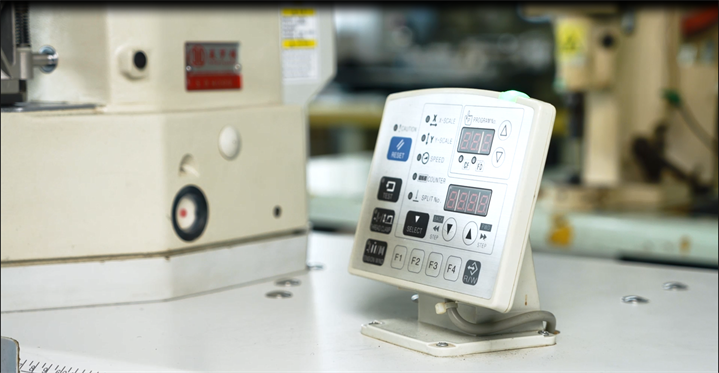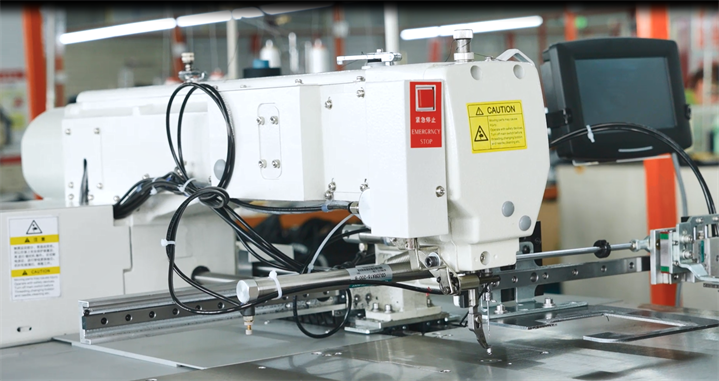The Risks of Private Label Sports Brace Products
5 Steps to Private Label Sports Brace Products
How to Create Custom Private Label sports braces
Introduction
Are you interested in starting your own private-label business in the sports brace industry? Private labeling offers a fantastic opportunity to establish your brand and capitalize on the growing demand for sports braces. In this beginner's guide, we will walk you through the essential steps to successfully private-label sports supplements. From sourcing to branding and marketing, we will provide you with valuable insights to help you get started on this exciting journey.
Understanding Private Labels
What are Private Labels?
Private labels, also known as store brands or house brands, are products manufactured by one company and sold under the brand name of another company. These brands are exclusive to specific retailers and offer an alternative to national brands. Private labels span various product categories, including food and beverages, household items, personal care products, and more.
Benefits of Private Labels:
Cost Savings: One of the primary benefits of private labels is cost savings. As retailers have direct control over the manufacturing and supply chain, they can offer private label products at lower prices compared to national brands. This affordability attracts price-conscious consumers and increases profitability for retailers.
Quality Control: Private label products undergo stringent quality control processes to ensure they meet the retailer's standards. Retailers have the ability to control every aspect of the product, from ingredients to packaging, ensuring consistent quality and reliability.
Differentiation: Private labels allow retailers to differentiate themselves from competitors. By offering unique and exclusive products, retailers can create a distinct brand identity and develop customer loyalty. This exclusivity also gives retailers greater control over pricing and promotions.
Flexibility and Customization: Private labels provide retailers with the flexibility to tailor products to their target market's preferences. Retailers can collaborate with manufacturers to customize product formulations, packaging designs, and branding, creating a product line that resonates with their customers.
The Risks of Private Label Sports Brace Products
Quality Control:
One of the significant risks of private-label sports brace products is maintaining consistent quality control. As a retailer, you have the responsibility to ensure that the products you offer meet the necessary quality standards. This includes conducting thorough product testing, quality inspections, and monitoring the manufacturing process. Failing to maintain quality control can lead to dissatisfied customers, negative reviews, and damage to your brand reputation.
Product Liability:
Private labeling involves assuming responsibility for the products you sell. If a sports brace product is defective or causes harm to the users, you may be held liable for any resulting injuries or damages. It is crucial to carefully select reputable manufacturers and suppliers, conduct proper due diligence, and ensure that the products comply with relevant safety regulations. Additionally, obtaining product liability insurance can provide added protection in case of unforeseen incidents.
Brand Recognition:
Private label sports brace products often lack the immediate recognition and trust that established national brands have. Building brand recognition and establishing consumer trust takes time and effort. Investing in marketing and branding strategies to differentiate your products and effectively communicate their value to potential customers is important. Building a strong brand reputation can help mitigate the risk of low consumer confidence in private label products.
Market Competition:
The sports brace market can be highly competitive, with numerous established brands already offering a wide range of products. Introducing private label sports braces may require significant marketing efforts and resources to compete with well-known brands. Understanding the market landscape, identifying unique selling points, and implementing effective marketing strategies will be crucial to gain market share and stand out from the competition.
Supply Chain Management:
Managing the supply chain for private label brace products can present challenges. You need to establish strong relationships with manufacturers, suppliers, and logistics partners to ensure a smooth and efficient supply chain. Issues such as delays in production, shipping, or inventory management can negatively impact your business and customer satisfaction. Regular communication, monitoring, and maintaining backup plans can help mitigate supply chain risks.
5 Steps to Private Label Sports Brace Products
Private label sports brace products offer exciting opportunities for retailers and businesses to create their own brands and cater to specific customer needs. However, it's important to be aware of the risks involved and take proactive measures to address them.
Step 1: Identify Your Niche and Target Market
Before diving into private labeling sports braces, it's crucial to identify your niche and target market. Determine which specific sports or activities you want to cater to and understand the needs and preferences of athletes and active individuals in that space. By focusing on a niche, you can develop specialized sports braces that address specific requirements, giving your brand a competitive edge.
Step 2: Source High-Quality Sports Braces
Finding a reliable supplier is a vital step in private labeling sports braces. Look for manufacturers with a proven track record of producing high-quality products. Ensure that the sports braces meet industry standards, are made from durable materials, and offer optimal support and comfort. Request product samples and thoroughly assess the quality before finalizing a supplier.
Step 3: Customize and Brand Your Products
Differentiate your private label sports braces by customizing them with your unique branding elements. This includes designing your logo, selecting colors, and creating eye-catching packaging. Consider adding value through innovative features or technologies that enhance the performance or comfort of the braces. Your branding should reflect the quality and professionalism of your products.


Step 4: Develop Effective Marketing Strategies
Marketing plays a pivotal role in promoting your private label sports braces. Identify the most effective marketing channels to reach your target audience, such as influencer collaborations, sports events, and online advertising. Craft compelling product descriptions and engaging visuals to highlight the unique features and benefits of your sports braces. Encourage customer reviews and testimonials to build trust and credibility.
Step 5: Provide Exceptional Customer Service
Deliver outstanding customer service to foster loyalty and positive word-of-mouth. Respond promptly to customer inquiries and provide accurate information. Offer hassle-free returns and exchanges to ensure customer satisfaction. By building a reputation for exceptional service, you can differentiate your brand from competitors and create a loyal customer base.
How to Create Custom Private Label Sports Braces
By working with AOFIT, you can navigate these risks and maximize the potential success of your private label sports brace products.
AOFIT, a leading manufacturer specializing in sports braces, is here to help. With our OEM/ODM manufacturing services, we can bring your unique compression sock designs to life. Here's a step-by-step guide on how to make your custom compression sports braces a reality:
Contact AOFIT to Discuss Your OEM Needs:
Reach out to AOFIT, our dedicated team, and provide them with the details of your custom OEM requirements.
Make sure to include information about the specific types of compression sports braces you'd like to create, such as sports-related supplements for activities like jogging, cycling, golf, badminton, tennis, football, deadlift, and workout.
Additionally, mention any compression sports braces needed for daily use, long periods of standing or sitting, travel, nursing, pregnancy, and medical purposes, such as varicose veins or lymphedema.
Don't forget to specify if you require any special yarns, such as Lycra, recycled polyester yarn, far infrared yarn, or bamboo charcoal yarn. If you have any packaging preferences or physical product references, please provide those as well.
Sample Processing:
Once we have the necessary information, we will determine the sampling fee based on your requirements. The sampling schedule may vary depending on our production workload, sourcing of materials and yarns, and the complexity of the product.
Sample Delivery:
We will send you samples for evaluation. Please carefully examine the color, size, structure, and compression rate of the models and provide us with your feedback and comments.
Finalizing Confirmation:
After you have approved the samples, it is important to note that no further changes can be made to the product. Please ensure that you are completely satisfied with the samples before proceeding.
Quotation:
We will provide you with a quotation based on the final approved sample.
Placing Official Orders:
To initiate the production process, a partial deposit will be required. Once we receive the deposit, we will begin checking our production line, sourcing materials and yarns, and arranging for your bulk order to be placed on the production line.
Shipment and Payment:
Prior to shipping, please make the balance payment via T/T, L/C, Western Union, MoneyGram, Paypal, and So On.
If you have any questions or concerns about our payment options or any other aspect of our products or services, please don't hesitate to contact us. We are always happy to assist you in any way we can. We will ship the goods to your designated location.
At AOFIT, we are dedicated to delivering high-quality custom-tailored to your brand's specifications. Contact AOFIT today to discuss your OEM needs and take the first step towards creating your own private label compression sports braces.
Conclusion
Private labeling sports braces can be a rewarding venture with careful planning and execution. By identifying your niche, sourcing high-quality products, customizing your brand, establishing an online presence, implementing effective marketing strategies, and prioritizing customer service, you can successfully launch and grow your private label business. Stay informed about industry trends, adapt to customer needs, and continuously innovate to stay ahead in the competitive sports brace market.